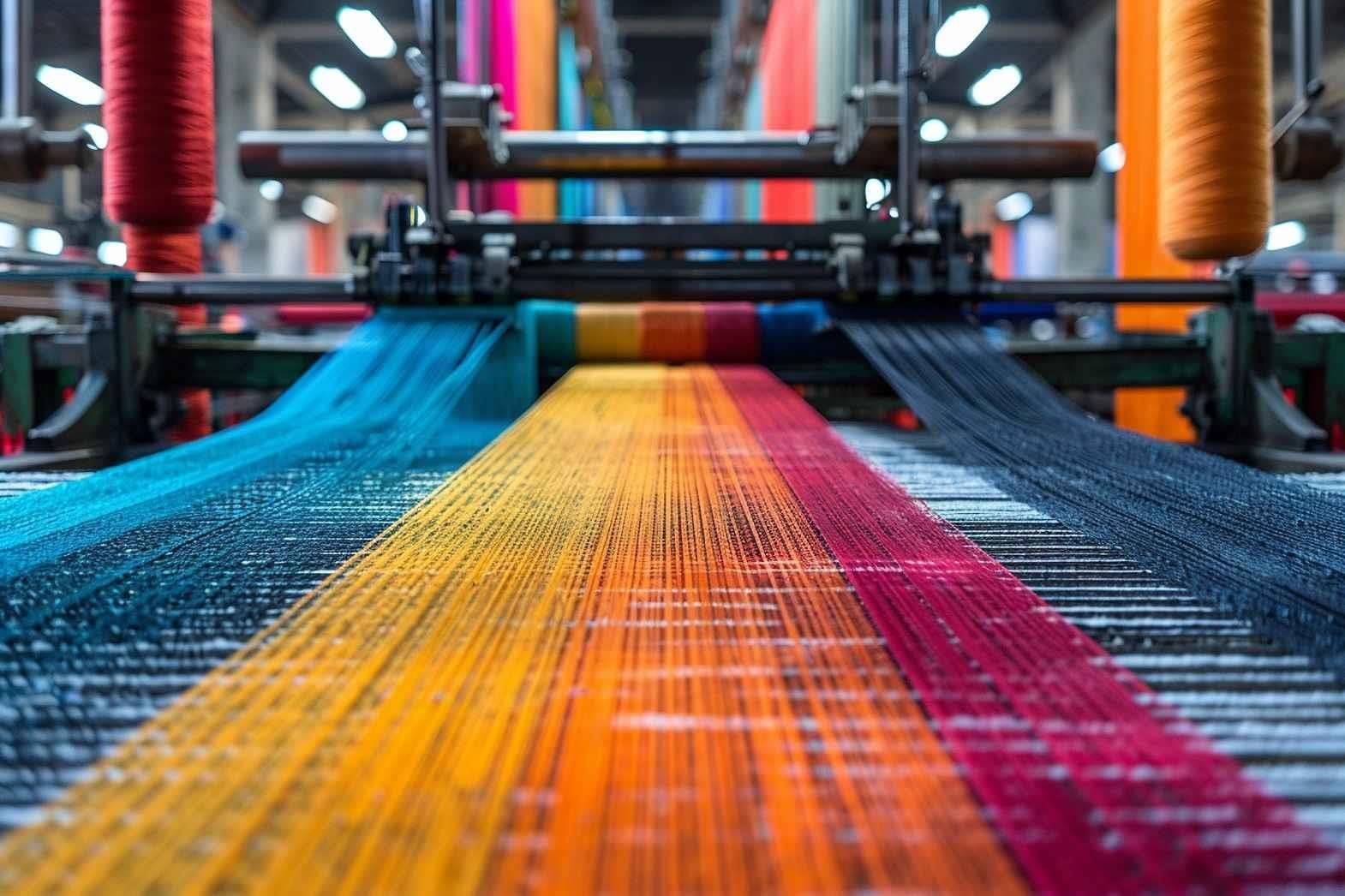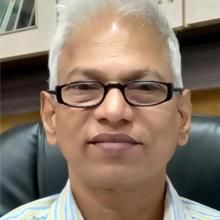Following the invention of synthetic dyes and fibers post the 1856 industrialization era, the technique of textile coloration (dyeing and printing) has greatly evolved, and various methods of color application using a variety of machines at various stages of textile processing are being practiced. The usage of textile material is not only restricted to apparel wear but is also widely consumed in home furnishing and other industrial applications.
Based on the global fiber consumption survey and extrapolating the projections, it is considered that nearly 84 billion MT of textile material is annually consumed by the world population of over 7 billion, with an average per capita usage of about 12 kg. Usually, most of the textile material is processed and colored by the methods of dyeing and printing.
Generally, the term dyeing (which constitutes nearly 80% by application at the fiber, yarn, fabric, or garment stage) is used when the textile material is colored uniformly in solid shades, while the term printing (which is also called localized dyeing and comprises about 20% usage) is applied in specific designs or patterns at the fabric or garment stage. However, there is also a niche but specialized segment of printing at the yarn stage, which imparts different colors spaced across the length of the yarn, and thus it is also called "space dyeing."
Space dyeing involves dyeing yarn with multiple colors to create abstract color patterns, which may or may not repeat after a fixed interval. Such space-dyed yarns produce beautiful effects after weaving and knitting and are used to produce fancy design effects when incorporated in apparel wear, dress material, children's wear, and home furnishing. Also, the use of such space-dyed yarn is becoming popular in the carpet-making industry, which, in its subsequent tufted fabric form, imparts an effect of random, unorganized designs. Carpets are being widely used in corridors, lobbies, offices, classrooms, hotel rooms, and other public areas.
Space-dyed yarn can be dyed in either coordinating or contrasting shades. The coordinating colors are tones of neutral or assorted shades of hues like blue, green, red, which provide a subtle yet sophisticated look. While the effect of contrasting shades in space-dyed yarn includes mixing purple, red, green, and blue. Thus, space dyeing is a technique used to create lovely fabrics that shade from one color to another. Depending on the method used, the fabrics can be softly muted or vibrant. In India, this technique is mastered by many textile processors in regions like Bhiwandi and Ludhiana.
The space dyeing can be performed on different type of textile fibres like Cotton, Viscose, Polyester, Wool, Silk, Acrylic, Nylon and their commonly used blends by using various dye classes suitable for dyeing these substrates. Different methods of space dyeing application are possible, which include dyeing in hank form, dyeing in package form by manual dye injection by skilled operators or by machine dye injection, spraying or brushing of dye and by continuous process of spaced-dye application.
The selection of dyes and chemicals depends on the type of substrate, method of dye application and the desired fastness properties. Generally recommended dyes and process chemicals for space dyeing application are:
|
NOVATIC MD |
Vat dyes in micro disperse form for package and continuous dyeing of cellulosic yarn |
|
TULACTIV C |
Reactive dyes for package and continuous dyeing of cellulosic yarn |
|
TULADIR SF |
Direct dyes for hank and package dyeing of cellulosic yarn |
|
TULASTERON |
Disperse dyes for package and continuous dyeing of Polyester yarn |
|
METALAN |
Acid metal complex dyes for package and continuous dyeing of Wool, Silk and Nylon yarn |
|
RUSTOL DAP |
Deaerating agent for controlled package and continuous dyeing |
|
VEROLAN EP |
Sequestering agent for alkali earth and heavy metal ions |
|
RUCO-TEX LDP |
Dispersing agent to improve dye dispersion |
|
RUCO-ACID C |
Acidic pH controlling agent |
|
RUCO-FLOW CPB |
Alkaline pH controlling agent |
|
VEROLAN DET |
Washing off agent for improved wet fastness properties |
|
HYDROCOL SUN |
Dyefixing agent for enhanced wash fastness properties |
|
RUCOFIL YPM |
Yarn lubricant for optimum finishing |
The yarn to be dyed is pretreated as per the standard recommended processes depending on the machinery used and the method of application. The ready for dyeing yarn is assessed for the parameters like absorbency, whiteness index, residual pH etc. as per the requirement of subsequent dyeing. After the dye application, further processing of dye diffusion, fixation and washing off of unfixed superficial dye is done as per the standard recommended process for the dyes in use. Finally, the finishing is done for yarn lubrication, softening or antistatic treatment depending of the nature of substrate and the end use application.
References:
1. Warren S. Perkins, August 1991, A Review of Textile Dyeing Processes Vol. 23
2. Shangnan Shui and Alejandro Plastina; FAO/ICAC World Apparel Fibre
Consumption Survey ICAC 2013
3. Wisegeek.com
4. Wyspinners.com
5. Google images









Comments